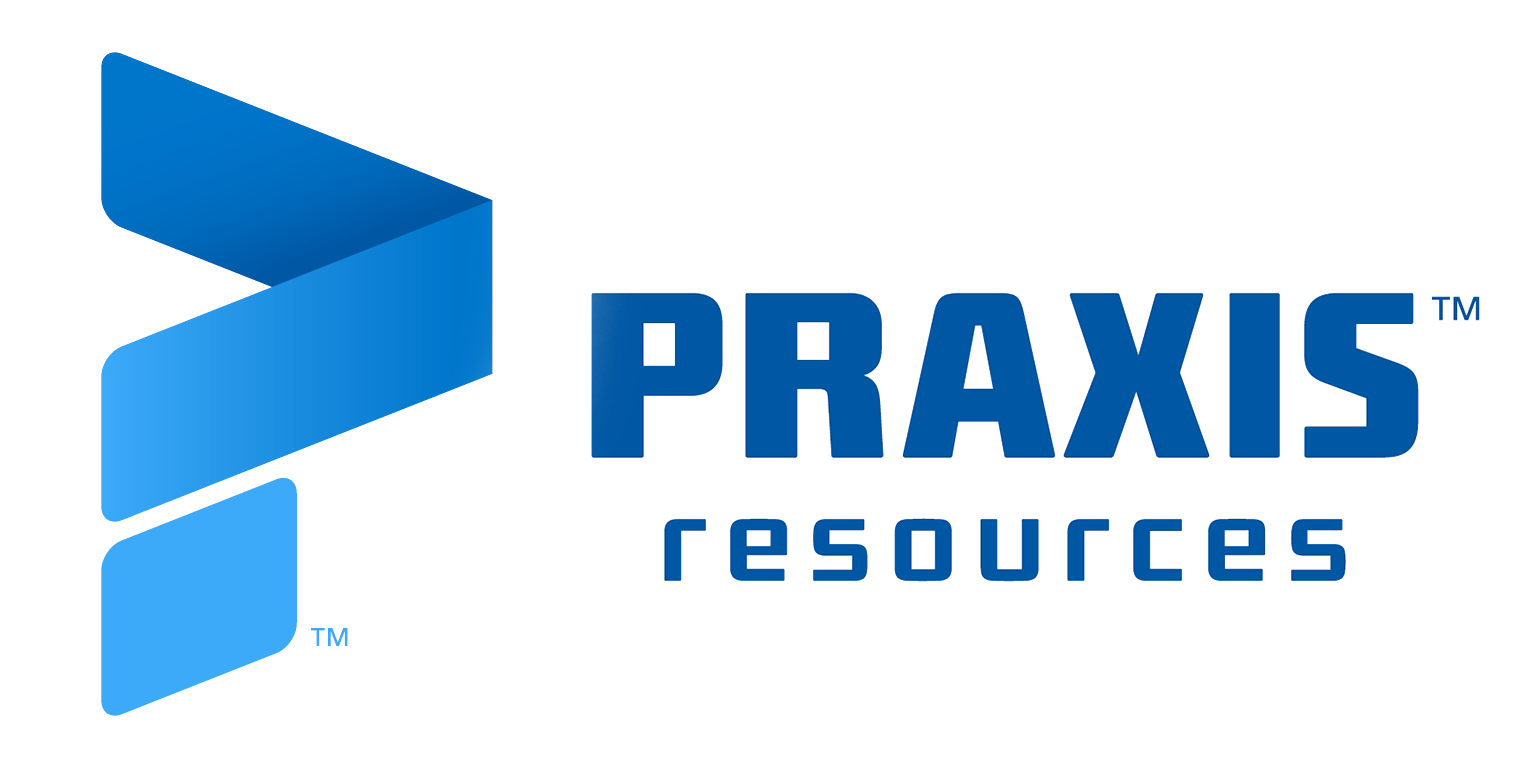If you are an engineer or someone who has to create schematic diagrams, then this article is for you. It will provide 8 tips that will help make your drawings clearer and easier to understand. If you are struggling with drawing a schematic diagram, these 8 tips might be the key!
Chances are, if something is being built, it is going to have a schematic diagram of some kind. Be it electrical, pneumatic, or hydraulic, an engineer or designer is going to have to create the schematic and layout all the components and interconnections for the system.
When schematic diagrams start to get large and cover multiple pages its easy forget some of your formatting and start drawing things differently across your design. Pretty soon you end up with a mess that no one can follow. Use the tips below to keep things consistent in your drawings, you’ll have everyone thanking you for it.
8 Tips To A Better Schematic Diagram

Are Schematic Diagrams Your Friend?
An engineer’s best friend is the schematic. These graphical representations of circuits or systems are important for keeping track of the parts and their connections. Schematics can also be used to show how each part operates, what it does, and why it’s needed in that particular circuit or system.
Communication Is Key
Schematics also help communicate ideas in ways that need to be understood by a wide range of people, including engineers, technicians and other designers who may not have the same level of understanding about how everything works together. It may seem like a lot of work to keep up with all these drawings (sometimes engineers use specialized software), but the benefits far outweigh any potential hassles.
Engineers who know schematics inside-out not only have an easier time designing circuits or systems, but they also have a better understanding of how everything works together as well as what could potentially go wrong so they can fix it before it happens.
We Are Here To Help
Schematic diagram design is a complex process that requires an understanding of many different components. It’s not for the faint of heart. If you have any questions about how our team might be able to help your next custom product or project, check out our services page or use the button bellow and contact us now.
